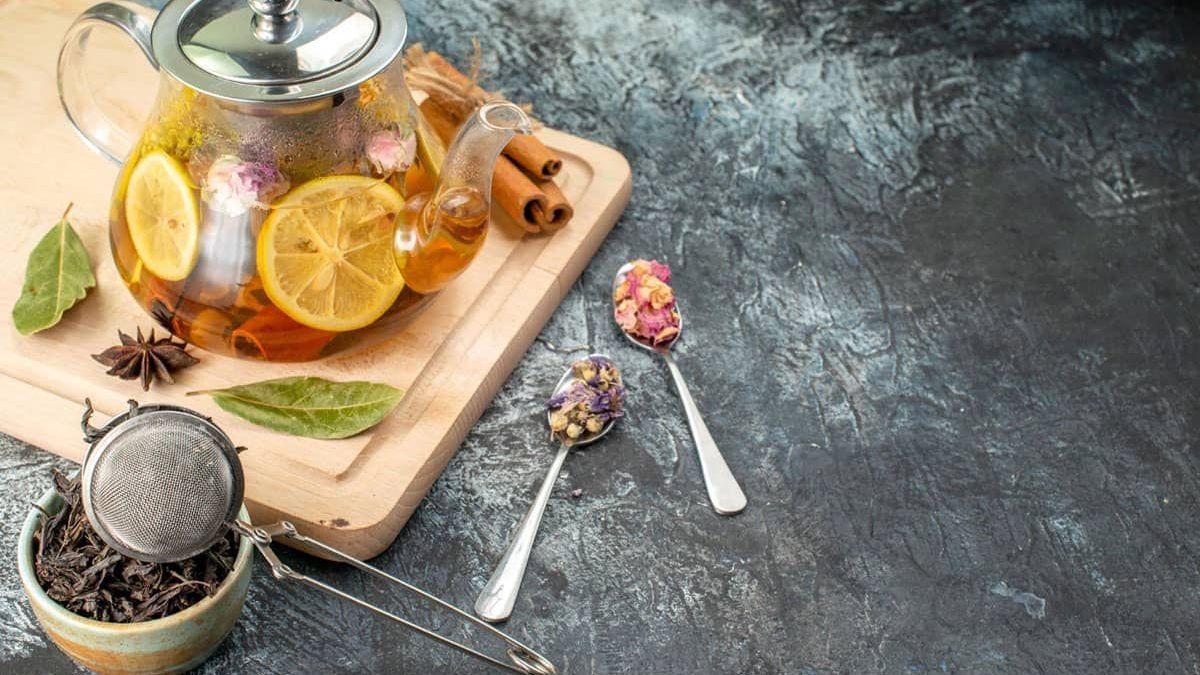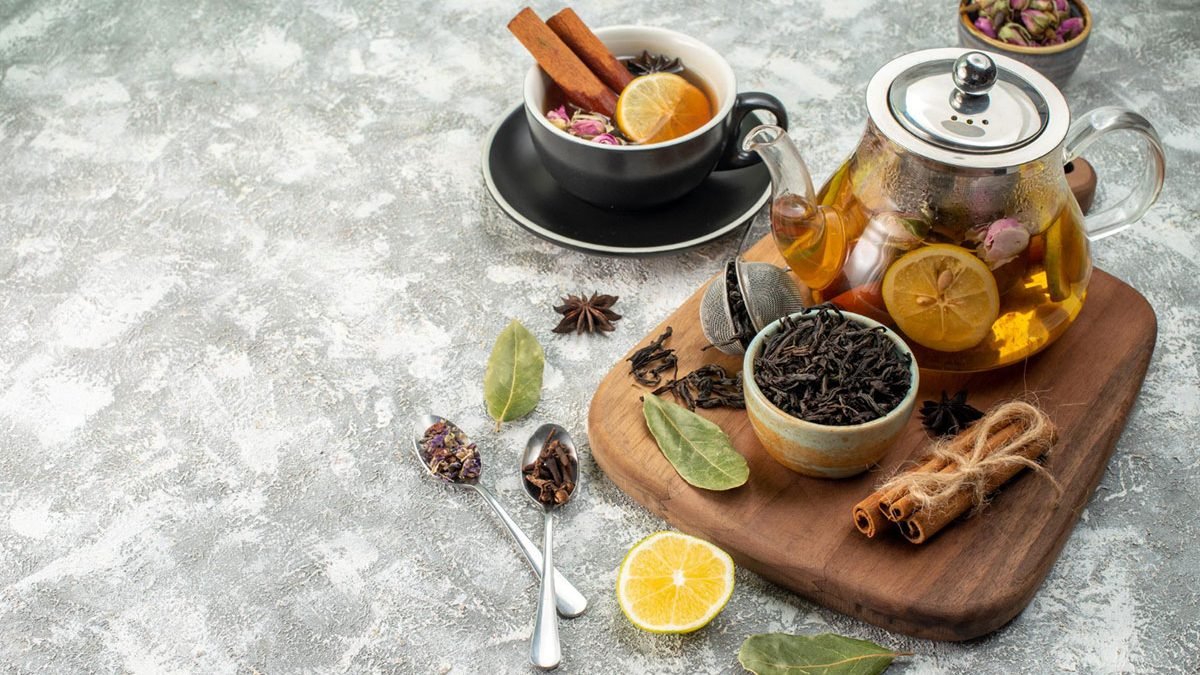Top 10 Tips For Properly Caring For Your Gardening Equipment
These tips for properly caring for your garden equipment will ensure their longevity and effectiveness, as simply owning these tools isn’t enough. Here are some valuable tips for properly caring for your gardening equipment.
When it comes to gardening, having the right equipment is essential. Each tool plays a crucial role in maintaining a thriving garden, from shovels and rakes to watering cans and pruning shears.
Having the right tools for the job is also essential for successful gardening. Investing in quality equipment will save you money in the long run as high-quality tools last longer and are more efficient. Look for tools with sturdy handles, sharp blades, and rust-resistant materials.
Caring for your gardening tools is essential for getting the most out of your gardening experience. Whether you’re a seasoned gardener or just starting, correctly maintaining your tools is important. With proper care, your tools will last longer and be more efficient.
It’s also important to store your tools properly when they’re not in use. Keeping them in a dry, temperate area will help protect them from damage. Invest in a tool rack or pegboard to keep your tools organized and within easy reach. You may also want to invest in a tool shed to keep your tools safe from the elements.
Tools should also be cleaned after each use. Wipe down your tools with a damp cloth to remove any debris, mud, or dirt. After cleaning tools, dry them with a clean cloth to prevent rust and corrosion.
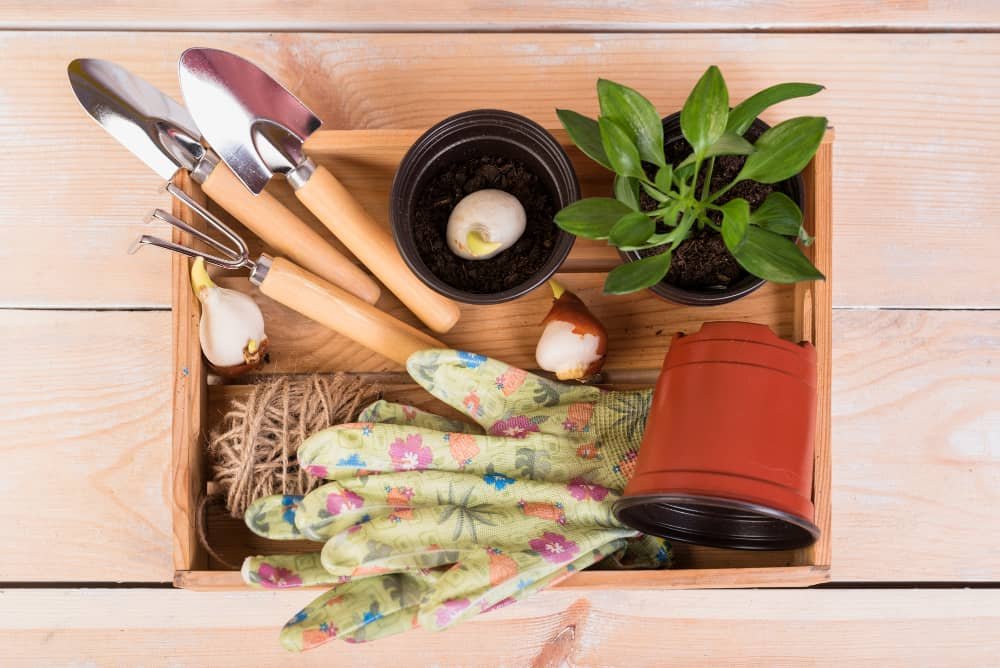
What Are the Tips For Properly Caring For Your Gardening Equipment?
Sharpen blades regularly to ensure they remain sharp and efficient. Use a sharpening stone, file, or electric sharpener to sharpen blades quickly. Make sure to sharpen your tools at least once a month.
To protect metal tools from rust and corrosion, consider wiping them down with a cloth and mineral oil. Also, apply oil to joints, hinges, and other moving parts. Applying an anti-rust coating to metal tools is also an effective way to protect them. Look for a product with high resistance to moisture and temperature and reapply when necessary.
Periodically check for any loose parts on your tools and tighten them. This will help prevent the tool from falling apart or becoming damaged.
Always use the right tool for the job to get the best results. Research which tools are best for gardening tasks to save time and effort. Never force your tools to do a job they are not designed for, as this can cause them to break or become damaged.
Finally, wearing protective gear when using gardening tools is essential for staying safe. Wear gloves, eye protection, and other protective gear when using gardening equipment to protect yourself from injury.
By following these 10 tips for properly caring for your gardening equipment, you can extend the life of your tools and get the most out of your gardening journey. Read on to discover how you can properly maintain your gardening equipment.
Tip 1: Invest in Quality Equipment
When it comes to gardening tools, investing in quality is key. Quality tools are generally stronger and last longer, saving you money in the long run. When choosing your tools, look for sturdy handles, sharp blades, and rust-resistant materials. This will help ensure your tools last many years and serve you well.
When shopping for gardening tools, you should look for items that are made from high-quality materials. For example, hand tools such as shovels, rakes, and hoes should have strong handles that won’t break easily and sharp blades that will make your job easier. For other tools, such as pruning shears, look for models with ergonomic handles and durable blades.
Look for metal tools made from stainless steel, aluminum, or titanium. These materials are rust-resistant, making them more durable and reliable over time. Other materials, such as wood and plastic, are also available, but they are more prone to wear and tear, so keep that in mind when selecting.
If you are looking for an investment, consider splurging on tools made from high-quality materials. These tools may cost more upfront but will last much longer and save you money in the long run. Additionally, high-end tools often come with warranties and guarantees, so if something goes wrong, you can be assured that you’ll be taken care of.
The handle is one of the most important things to look for when choosing gardening tools. The handle should be comfortable to grip and made from a durable material such as wood or metal. It should also be easy to clean and resistant to dirt and water.
Finally, when selecting gardening tools, make sure to choose items that are designed for the job at hand. For example, if you work in the garden, choose tools designed for digging, weeding, and pruning. The right tools will make your job easier and more efficient, and they will last longer.
Investing in quality gardening tools is the key to getting the most out of your gardening experience. Look for tools with sturdy handles, sharp blades, and rust-resistant materials. Splurging on quality materials will pay off in the coming years and save you money in the long run.
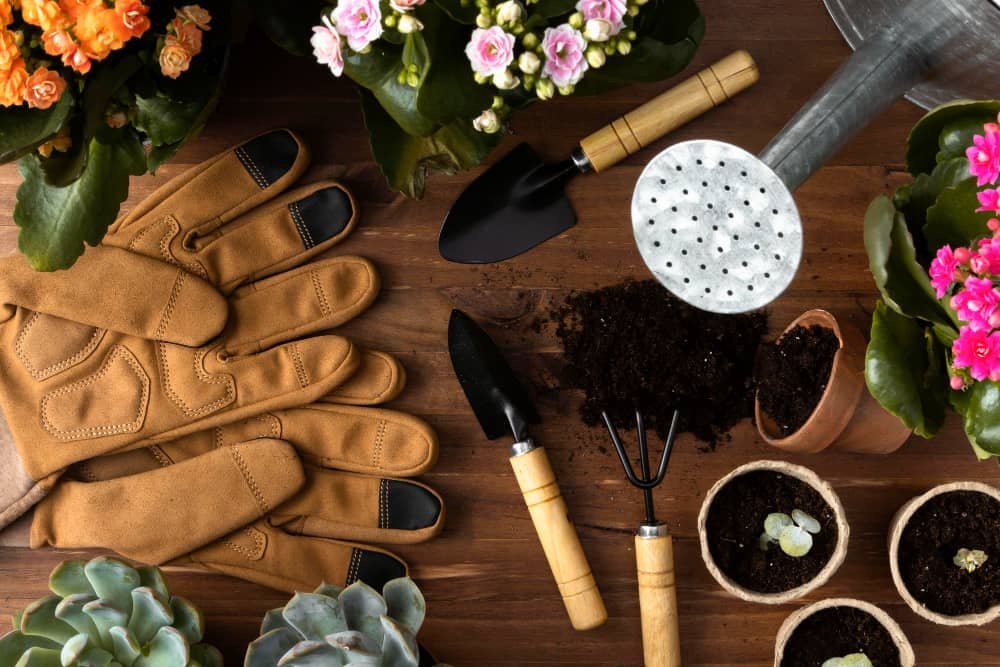
Tip 2: Clean Equipment After Each Use
Maintaining clean equipment is an essential part of caring for your gardening tools. Wiping down your tools after every use will help keep them in good condition for longer. This can help you save money by preventing rust, corrosion, and other damage. Here are a few tips for properly cleaning your gardening equipment.
First, use a damp cloth to remove dirt, mud, or debris. Wipe down all tool surfaces, including the handle, blade, and other components. Pay special attention to the blades; any dirt or debris can prevent them from cutting efficiently. After wiping it down, use a dry cloth to prevent rust and corrosion.
It’s essential to clean your tools more deeply on occasion. Use a cloth and mineral oil to wipe the surface of metal tools. This will help form a protective barrier against rust and corrosion. Apply oil to any joints, hinges, and other moving parts, as these can be especially vulnerable to moisture and dirt.
You can also use a degreasing solution to clean tools with wooden handles. Ensure to follow the instructions on the product, as using too much can cause damage to the wood. You may also consider using a wood conditioner to restore the wood’s natural oils.
Finally, don’t forget to clean the carrying cases or storage containers you use to store your tools. If you don’t clean these regularly, dirt and debris can accumulate, which can cause damage to the tools. Ensure to thoroughly wipe down the inside and outside of the cases or containers.
Cleaning your gardening tools regularly is essential for getting the most out of your gardening experience. Wiping them down after each use and deep-cleaning them every few months will help keep them in good condition. Keep these tips in mind to help extend the life of your gardening tools.
Tip 3: Sharpen Blades Regularly
Sharp blades are a must for efficient gardening. But over time, the blades of your tools become dull, making gardening tasks much more difficult. You should sharpen the blades regularly to ensure your gardening tools are at their best.
To sharpen the blades of your tools, you can use a few different methods. One option is to use a sharpening stone. This method requires some skill and practice but is the most traditional approach to sharpening blades. All you need to do is rub the blade against the stone in a circular motion until it’s sharpened to your desired level.
A second option is to use a file. This approach is much more straightforward than a sharpening stone, allowing you to shape and hone the blade quickly. Just make sure to use a file suitable for the blade’s material.
Finally, there is the option of using an electric sharpener. This is by far the most convenient and quickest way to sharpen the blades of your tools. Just plug in the sharpener, align the blade, and hold it against the spinning sharpening disks until it is sufficiently sharpened. However, electric sharpeners tend to be more expensive than the other options.
Regardless of your chosen method, sharpening your tools at least once a month is essential. This will ensure that the blades of your tools remain in top shape and can help keep your gardening experience enjoyable.
When sharpening your tools, it’s important to remember to be careful. Always keep your hands and fingers away from the blade, and use appropriate safety gear such as gloves and eye protection. Additionally, clean the blades of your tools before and after you sharpen them. This will help prevent rust and corrosion, which can lead to further damage.
These simple steps will help ensure your gardening tools are always sharp and ready to use. With sharp blades, you’ll be able to quickly and efficiently tackle any task, making your gardening experience more enjoyable. So don’t forget to sharpen the blades of your tools periodically – your plants will thank you!
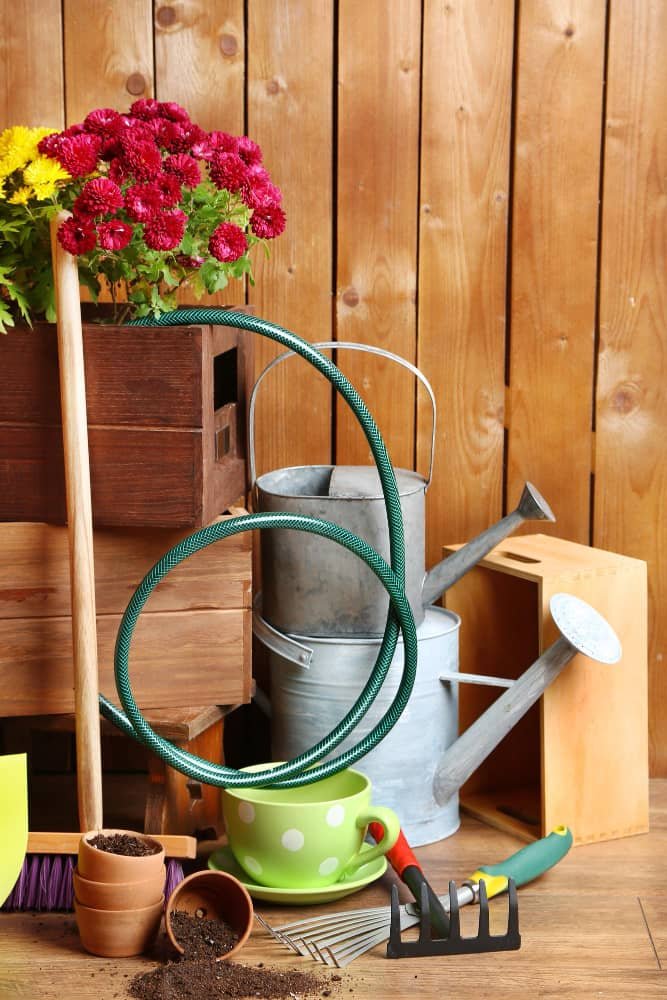
Tip 4: Store Tools Properly
Storing your garden tools properly is essential for keeping them in good working condition. With the right storage solution, you can easily reach for the right tool when needed and protect it from exposure to the elements when you’re done.
Investing in a quality storage system is the first step to storing your garden tools properly. Tool racks and pegboards are a great way to store your tools in an organized and easily accessible manner. They’ll keep your tools within easy reach yet still organized. Consider a tool shed or chest if you need more security for your tools. You can also store tools in drawers or cabinets, depending on how many tools you have and the size of your space.
When it comes to where you store your tools, make sure to keep them in a dry and temperate area. Avoid storing them in damp or humid spaces, leading to rust and corrosion. Keep your tools away from direct sunlight, as this can cause the tools to heat up and warp.
Clean off the dirt and debris when you’re done using your tools. A damp cloth will do the job for most tools, but double-check the manufacturer’s instructions for any special cleaning instructions. Afterward, dry off the tools with a soft cloth and store them in the appropriate place. This will help prevent any rust or corrosion from occurring.
You can also consider investing in an anti-rust coating for your metal tools. This will help protect the tools from moisture and temperature changes. Be sure to reapply the coating to keep your tools in top condition.
Ensure to periodically check for any loose or broken parts on your tools. Tighten any loose parts and discard any broken tools. This will help keep your tools in good working order and prolong their life.
By following these four tips for storing gardening tools, you can ensure that your tools will last for many years of successful gardening. Investing in a quality storage system, keeping your tools in a temperate and dry area, cleaning your tools after each use, and checking for loose parts can all help you properly care for your gardening tools. With proper storage and maintenance, your tools will provide you with a successful gardening experience for years to come.
Tip 5: Wipe Down Metal Tools
Maintaining metal tools is essential to keep them in good working condition. Wiping down metal tools with a cloth and mineral oil protects them from rust and corrosion. Not only will it help keep the tools looking their best, but it will also extend the life of the tool.
When wiping down metal tools, use a damp cloth to remove any dirt or debris that may have accumulated on the surface. After the surface is clean, use a dry cloth to dry the tool completely. Pay extra attention to any joints, hinges, and other moving parts – ensuring these areas are dry, as moisture can cause them to corrode or rust.
Once the tool is dry, use a cloth and mineral oil to wipe down the metal surface. Mineral oil is especially effective at protecting metal tools from rust and corrosion. It is important to cover every inch of the tool – apply the oil to any joints, hinges, and other moving parts. This will be especially beneficial in areas where the tool may come into contact with moisture.
For best results, wipe down your metal tools after each use. Doing so will ensure that your tools are always in good working condition and help extend the life of your tools. Also, periodically check for loose parts on your tools and tighten them. This will help prevent the tool from falling apart or becoming damaged.
Maintaining your metal tools is a simple process that can yield big dividends. Taking the time to wipe down your tools after each use will keep them looking great and functioning correctly for many years.
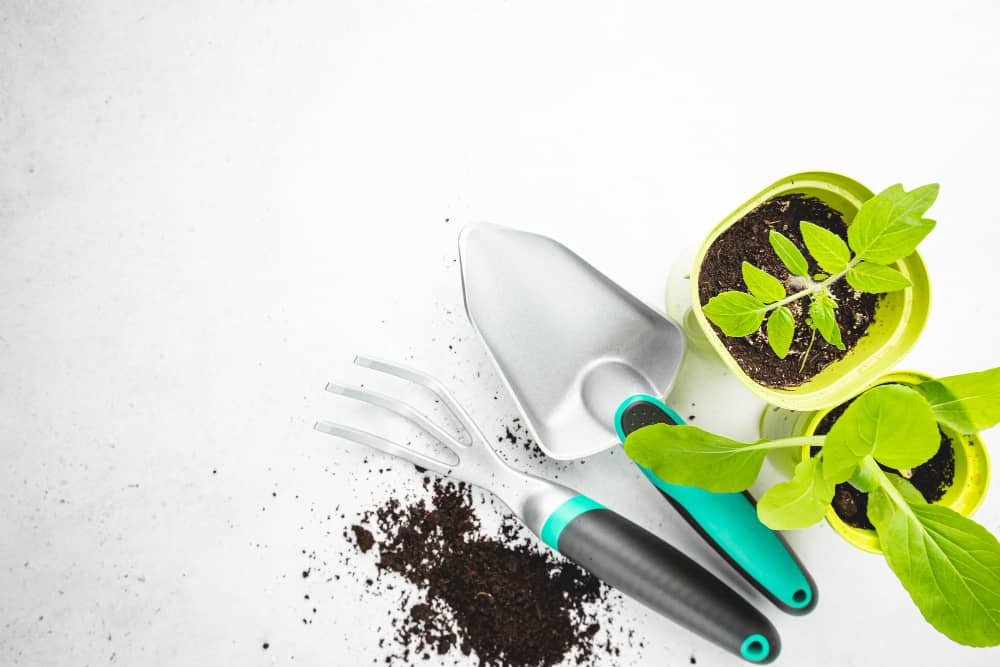
Tip 6: Apply Anti-Rust Coating
Applying an anti-rust coating to metal gardening tools protects them from rust, corrosion, and other damage. An anti-rust coating helps to prevent the metal from being exposed to moisture, temperature fluctuations, and other elements that can cause it to degrade.
When selecting an anti-rust coating for your gardening tools, look for a product that has a high resistance to moisture, temperature, and other elements. Ideally, you want a coating lasting several years and protecting your tools from rust and corrosion. If possible, try to use a coating that is easy to apply and does not require special tools.
Once you have selected a coating, it is important to properly prepare the tools before applying the coating. Clean the tools using an old rag and some soapy water. Remove any debris, dirt, or mud from the tools. Once the tools are clean, dry them off with a clean cloth and apply a light layer of oil to any metal surfaces. This will help to protect the metal from oxidation and keep it from rusting.
Next, it is time to apply the anti-rust coating. Start by shaking the can to mix the contents thoroughly. Then, spray a light layer of the coating on the tools. Keep the spray can at least 6 inches away from the tool. Allow the coating to fully dry before applying a second coat.
Once the second coat has dried, apply a wax topcoat for further protection. This will help protect the tools from additional moisture and temperature changes. Again, allow the wax to dry before using the tools.
When finished, store the tools in a dry, temperate area. Avoid storing them in areas with extreme humidity or temperatures. Following these steps, your tools should remain rust-free for many years.
Tip 7: Tighten Any Loose Parts
Maintaining your gardening equipment is essential to ensuring that it is always in working condition. One of the steps included in this process is regularly checking for any loose parts on your tools and tightening them. Doing so will help prevent the tool from falling apart or becoming damaged.
Loose parts can occur when a tool is exposed to constant wear and tear. This is especially common for tools used in gardening that are often exposed to moisture or dirt. Over time, the parts can become worn or corroded, becoming loose. If these parts are not tightened, the tool can become dangerous.
To check for loose parts, inspect your tools for any signs of wear and tear. Look for missing screws, screws that appear to be loose, or parts that are not fitted properly. If you find any, then it is time to tighten them.
You will need a screwdriver and/or an adjustable wrench. Start by ensuring the screws or bolts are all the same length and that the head of the screw or bolt is not damaged. If it is, then you may need to replace it.
Once you have identified the loose parts, use the screwdriver or wrench to tighten them properly. Make sure not to over-tighten, as this can cause further damage. Instead, tighten them until they are snug.
If any parts appear too damaged to be tightened, you should consider replacing them. In addition, replace any screws or bolts that are not the correct size or length. This will ensure that your tools remain secure and in good working condition.
In summary, it is important to regularly check and tighten any loose parts on your gardening tools. Doing so will help ensure your tools remain in good working condition and safe to use. Additionally, replacing any worn or corroded parts will help extend the life of your tools.
Tip 8: Use the Right Tools for the Job
When gardening, the importance of using the right tools for the job cannot be overstated. Using the wrong tool can cost time, energy, and money. It can also lead to poor results when it comes to gardening tasks.
The first step in using the right tools for the job is to research which tool is best for each task. Many tools are available for gardening tasks, and not all will suit every job. For example, a shovel is an essential tool for digging, but a rake is best used for removing debris such as leaves and grass clippings. Knowing which tool is best for each task will help ensure a successful gardening endeavor.
Once you determine which tools are best for each job, you must find the right size and type of tool for your needs. Remember that tools come in different sizes and materials, each with strengths and weaknesses. For example, a spade shovel may be ideal for digging, but a smaller hand shovel may be better suited for working in tight spaces.
When investing in new tools, look for quality materials and sturdy construction. Quality tools will last longer and require less maintenance throughout their use. Also, look for tools with comfortable grips and handles, as this will make them more accessible and safer to use.
Finally, remember always to read the instructions and manuals with your tools. Doing so will ensure that the tools are used correctly and safely. Understanding the features and functions of each tool will help you get the most out of them.
Using the right tools for the job is essential for successful gardening. Researching the appropriate tool for each task, choosing the right size and type, and investing in quality materials will pay off in the long run. These tips will help you get the most out of your gardening experience.
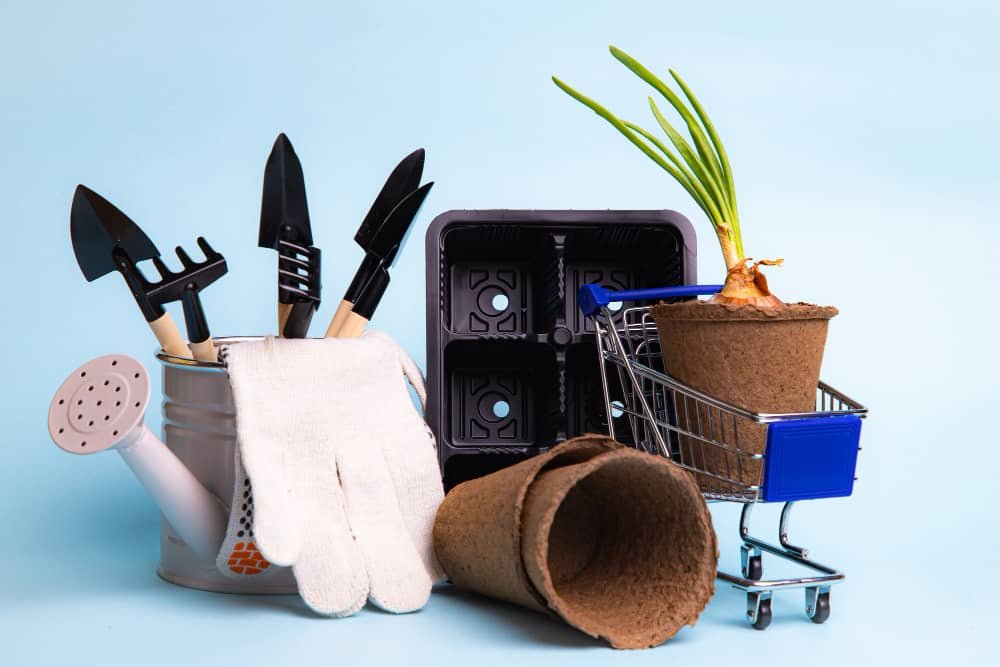
Tip 9: Don’t Force Tools
When it comes to gardening, it pays to be patient. When using your tools, it’s important never to force them to do a job they are not designed for. Forcing tools can cause them to break or become damaged, which can be dangerous if the tool is sharp or heavy.
It’s also important not to apply too much pressure or use the wrong tool for the job. Tools are designed to do specific tasks, and using them incorrectly can not only damage the tool but can also create dangerous situations. For example, using a sharp shovel or spade to dig up a stubborn root can put you at risk of getting cut or accidentally damaging a part of the tool.
It’s also important to be mindful of the environment when using gardening tools. Forcing tools into hard or compacted soils can damage the soil structure and invite pests and diseases. Soils that have been disturbed by forcing tools will take longer to recover and may lead to poor growth of your plants.
It’s also important to use the tool for its intended purpose. Using a tool for a job, it wasn’t designed for can be dangerous, as it could cause the tool to malfunction or break. For example, using a shovel as a lever can strain the tool tremendously and lead to it snapping in two.
Using the right tool for the job is also essential for safety reasons. If you use the wrong tool for the job, you may have an injury, or the tool could malfunction and cause injury. For example, using a pruning saw as a hammer can cause it to break, resulting in cuts and scrapes if you’re not careful.
Ultimately, taking your time when using your tools is important so you don’t end up with an injury or a damaged tool. Pay attention to the job, and always use the right tool. Don’t be tempted to force a tool to do something it was not designed to do, as this could be dangerous and lead to damaged tools or an injury.
Tip 10: Use Protective Gear
Maintaining the safety of your tools is essential for your gardening experience. Taking the necessary precautions to protect yourself and your tools will ensure a more prosperous and enjoyable experience. Here are some tips for using protective gear when working with gardening tools.
First and foremost, make sure to wear gloves when handling gardening tools. Gardening gloves provide a layer of protection between you and the tool, helping to increase your grip. Look for lightweight, flexible gloves that are resistant to cuts and tears.
In addition to gloves, it’s also essential to wear proper clothing. Wear clothes made of breathable materials, such as cotton or linen. If you are working in wet soil, wear waterproof clothing.
Don’t forget also to wear protective eyewear. Always shield your eyes from flying debris, even if the task seems minor. Look for goggles or glasses that fit snugly and provide a clear view.
Finally, wear appropriate footwear. Make sure to wear shoes or boots that provide good traction and support. If you work in wet or muddy conditions, wear waterproof shoes that are easy to clean.
By wearing proper protective gear, you can ensure that your gardening experience is safe and enjoyable. Investing in the right protective gear will save time, energy, and money in the long run. Now that you know how to properly care for your gardening tools, you can enjoy gardening for years to come.
Conclusion
Taking proper care of your gardening tools is essential for any gardener. By following these 10 tips, you can ensure that your gardening tools will last for years. Investing in quality tools, cleaning and sharpening blades, storing tools properly, wiping down metal tools, applying the anti-rust coating, tightening any loose parts, using the right tools for the job, not forcing tools, and using protective gear are all essential steps for taking care of your gardening equipment. With a bit of diligence and regular maintenance, your gardening tools will be ready when you need them for a successful gardening experience.
Post Disclaimer
The information contained in this post is for general information purposes only. The information is provided as is and while we endeavour to keep the information up to date and correct, we make no representations or warranties of any kind, express or implied, about the completeness, accuracy, reliability, suitability or availability with respect to the website or the information, products, services, or related graphics contained on the post for any purpose.
These statements have not been evaluated by the FDA and are not intended to diagnose, treat, cure or prevent any disease or health condition. If you have specific healthcare concerns or questions about the products displayed, please contact your licensed healthcare professional for advice or answers.



